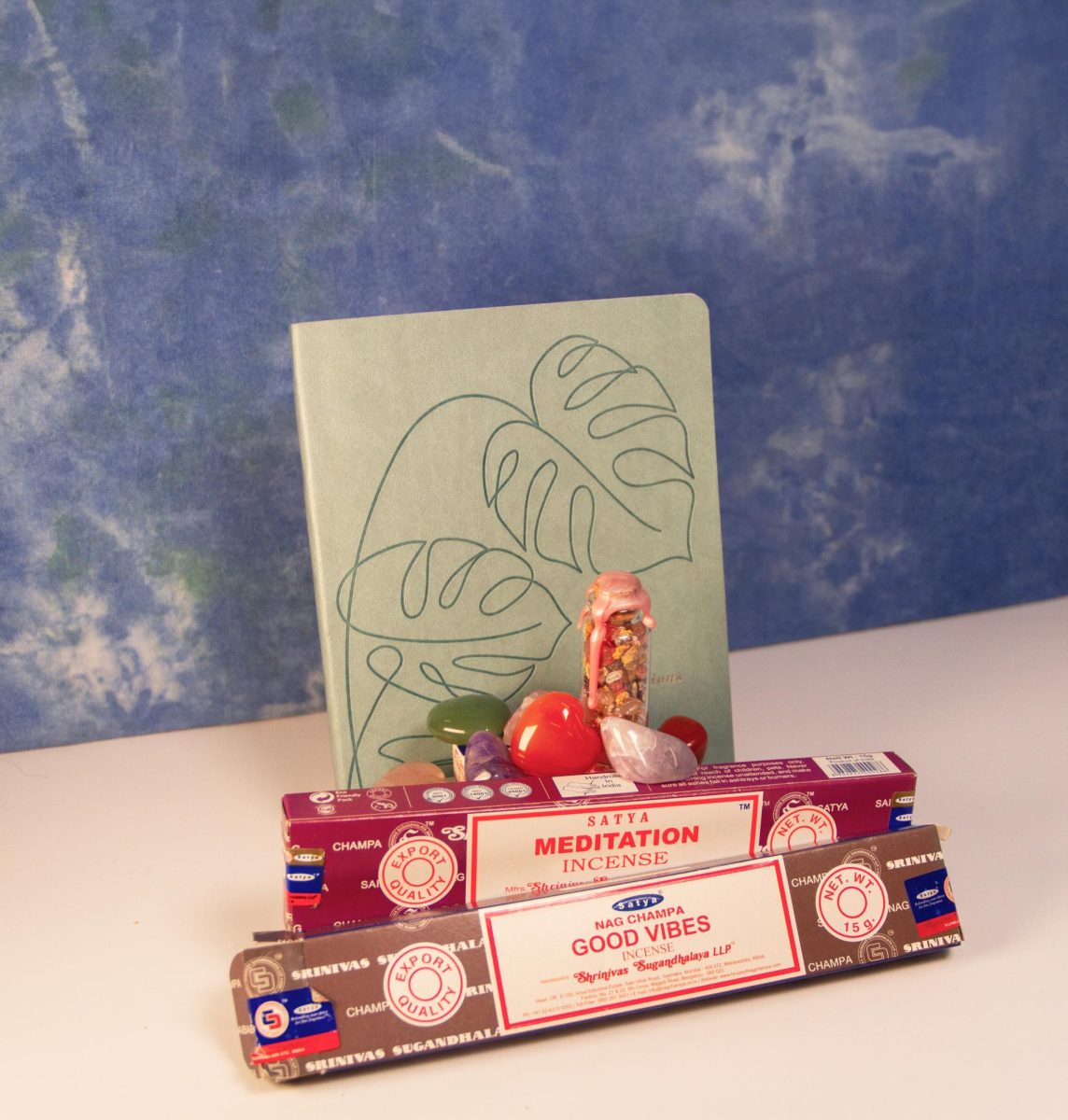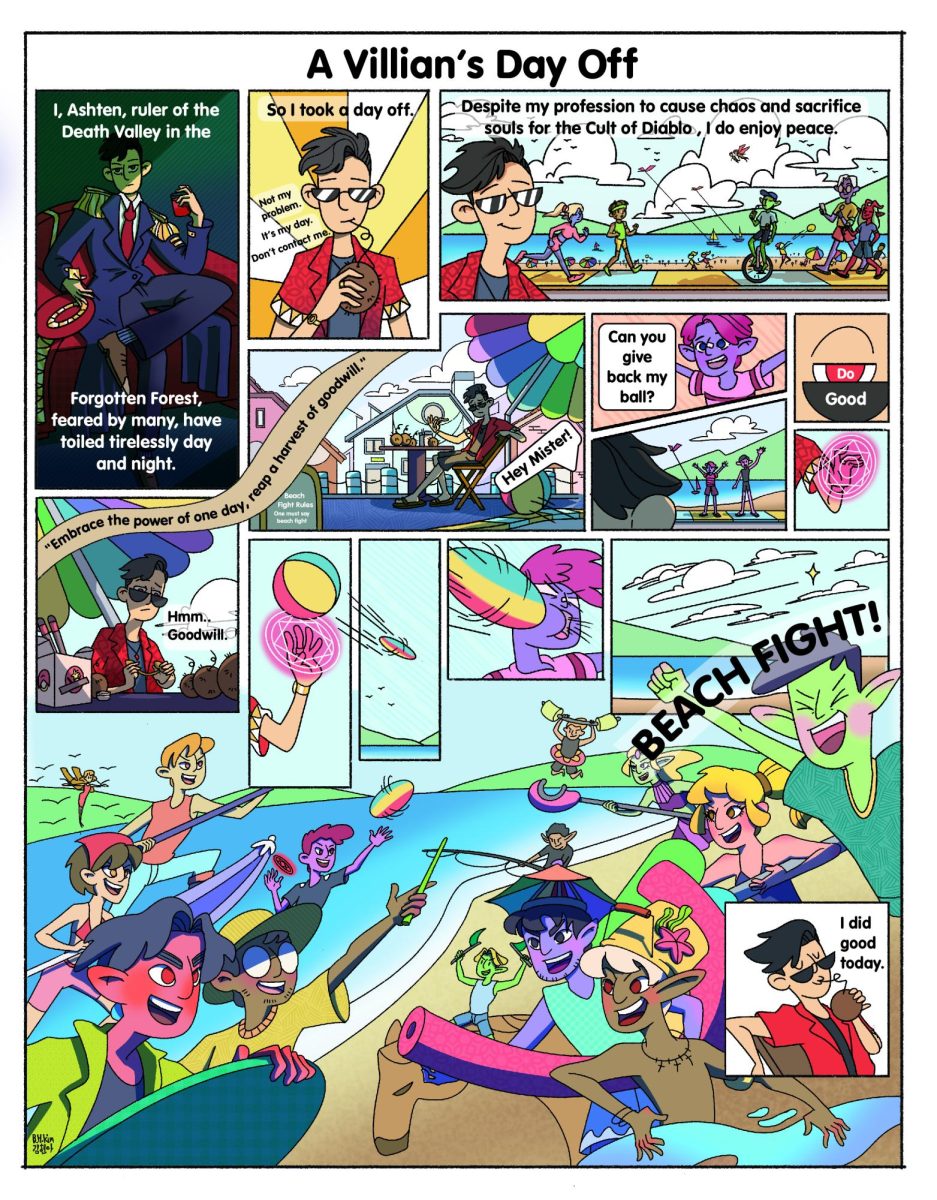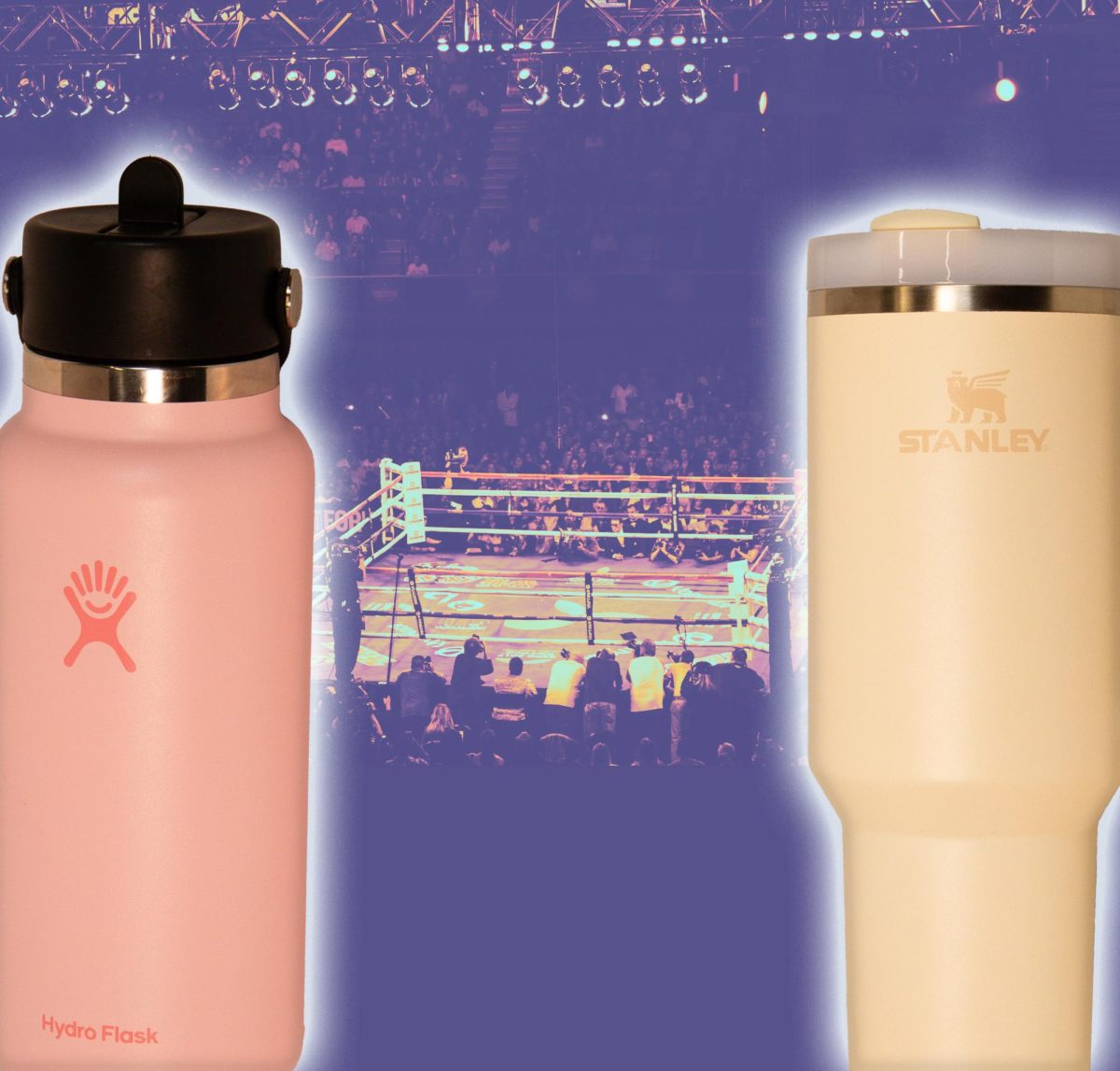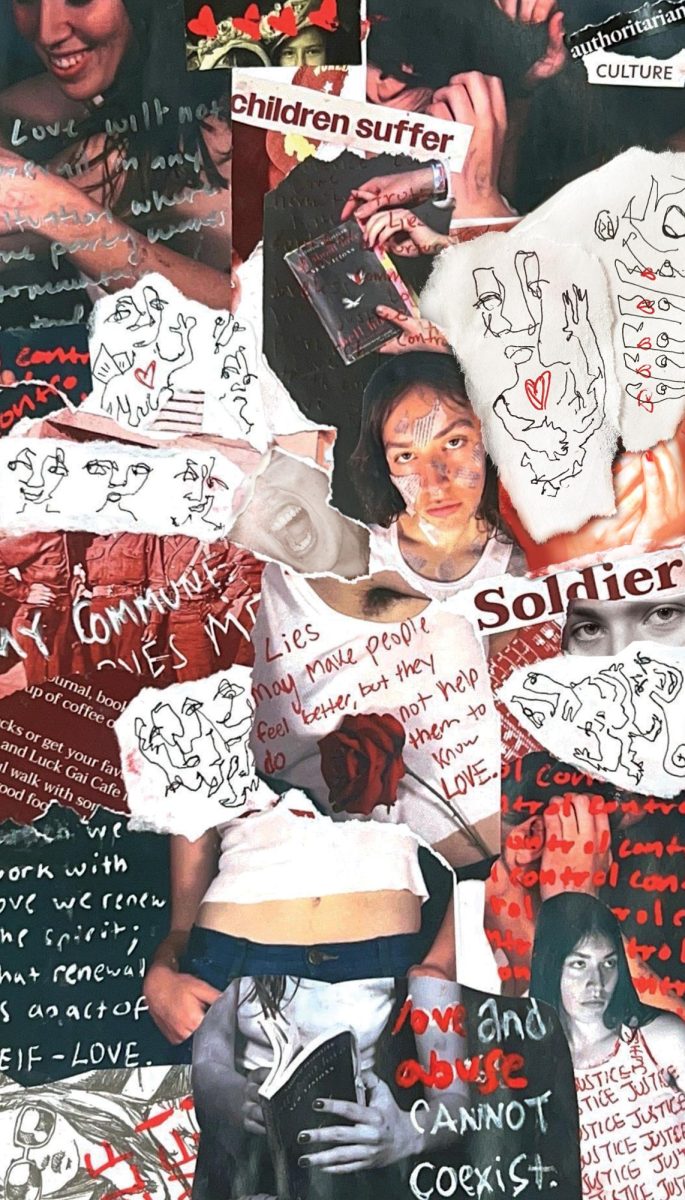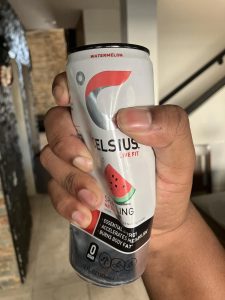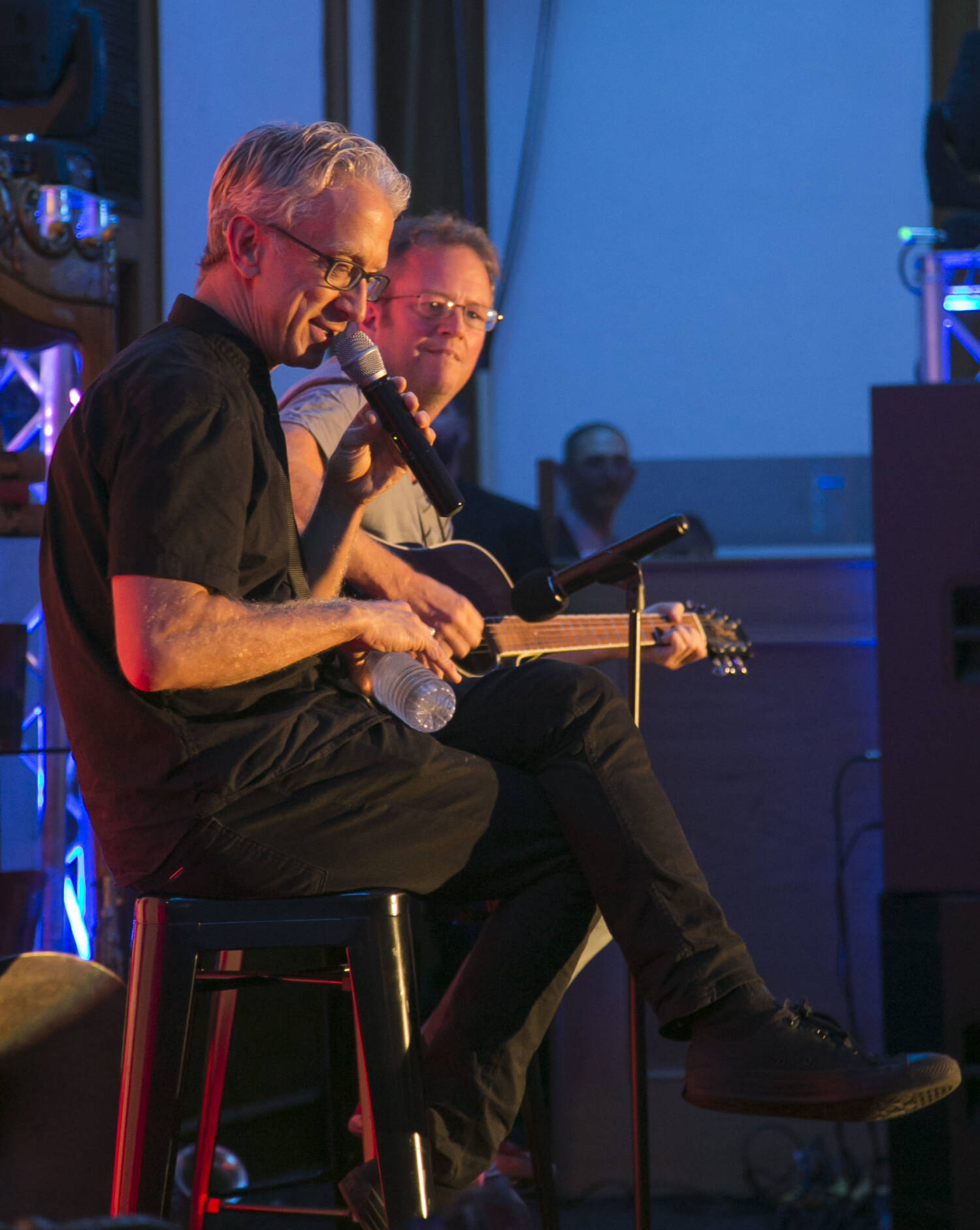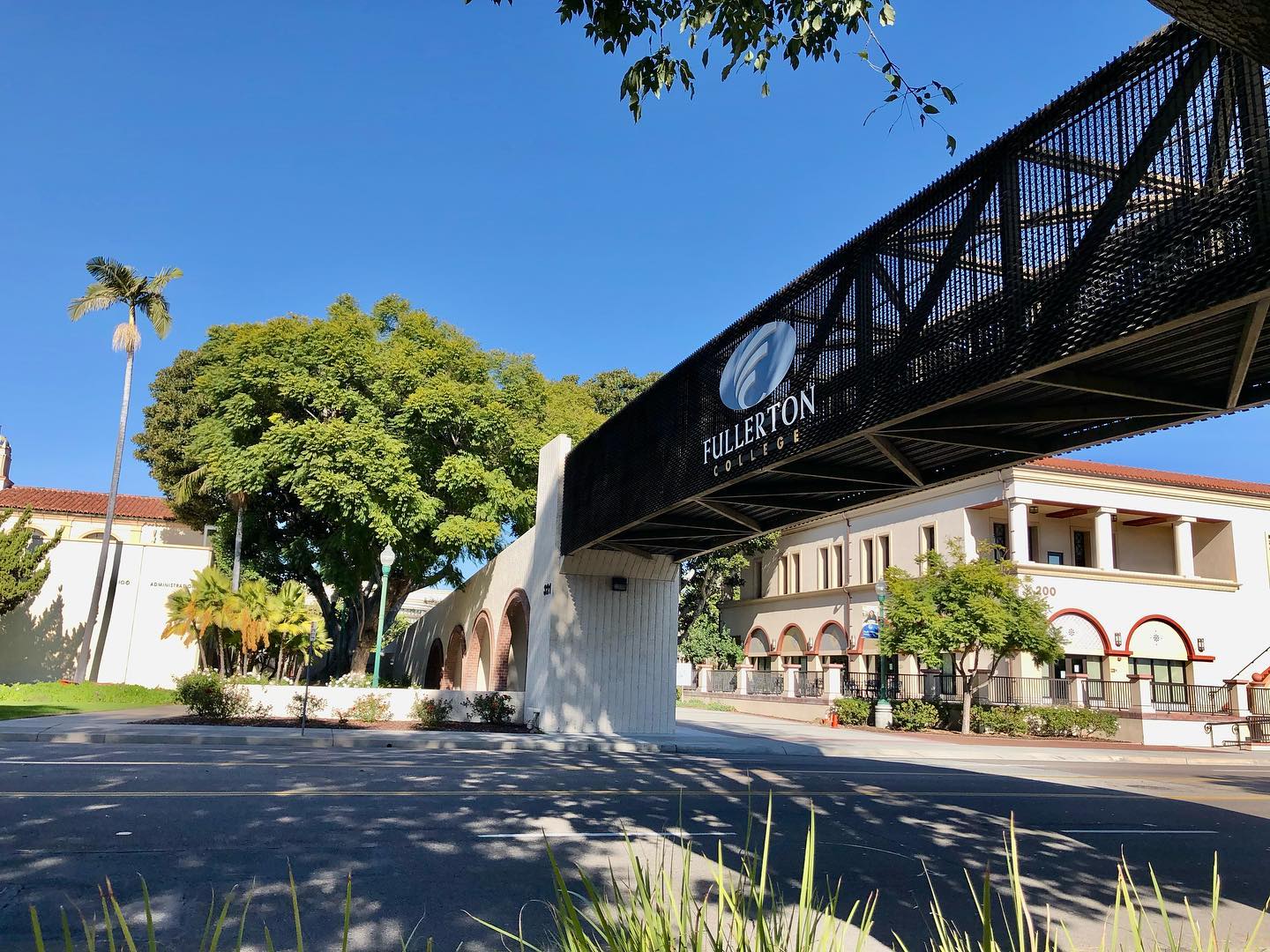In 45-60 minutes, a person can donate one unit of blood that will be separated into four individual components that could help save multiple lives.
According to the Red Cross, every two seconds, someone in the U.S. needs blood. This totals 44,000 blood donations needed every day.
Fred Fletcher-Fierro, 35, cinema radio television major donates roughly every two weeks at the Red Cross in Pomona. Unlike other people who struggle to donate a pint of blood every once in a while, Fierro donates platelets through the apheresis process. This medical technology passes the donor’s whole blood through apparatus that separates one particular constituent and returns the remainder to the circulation.
Blood is not a product that can be made or manufactured in a factory, nor something donors can give for money.
“Making time to help people by donating blood product is one of the most intimate ways that we can help each other,” Fierro said. “It makes me feel good that I’m part of it every time I finish the procedure.”
The phrase, “donating blood saves lives” may seem like a cliché, but for Fierro, this is true, especially after losing a close family member to cancer.
In 1995, Fierro started donating apheresis regularly to help cancer patients who have blood but requires injections of white blood cells in order to stay alive. Over the past two years, he has donated 42 times.
“People only consider donating blood product when they get into a car accident or need to have surgery,” Fierro said. “The need for everybody is urgent every day. Now I go more out of habit.”
David Echols, Fullerton College video and film instructor, worked in a hospital and remembers the hospital giving a paid day off to any staff member who donated blood.
“It doesn’t have to be money, it could be a flash drive, a T-shirt or maybe a pizza,” Echols said.
Echols hasn’t heard of the blood drive, he suggests printing T-shirts with words like, “Superman” or “I saved a life today.”
“It’s a nice motivation. I don’t want to feel guilty, I want to feel like I’m a hero,” Echols said.
Echols also supports the idea that people can start banking their own blood. It motivates people to stop smoking, to get healthy and exercise.
According to an article published in www.sott.net, blood donation removes oxidative iron from the body that causes cancer and heart attacks. People burn approximately 650 calories per donation of one pint of blood.
To donate blood, the American Red Cross requires donors to weigh at least 110 pounds and maintain healthy iron levels in the body. Upon donation, ARC collects one pint of blood and small test tubes from the donor. The donation is stored in iced coolers until it is transported to a Red Cross center. The laboratory processes the blood to separate the transfusable components, red cells, platelets and plasma test.
ARC then tests the blood to store them in refrigerators for shipping on demand to hospitals or confidentially notifies the donor if the test results are positive for HIV, syphilis, hepatitis or any other diseases.
“The staff that works at ARC are very friendly and knowledgeable about keeping the patients comfortable,” Fierro said.
Fullerton College students can start signing up for the Red Cross Blood Drive between Feb. 24 – 28 to help save lives.
The blood drive is scheduled for March 11-12, 2014.



